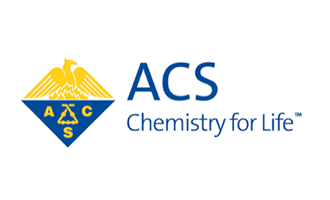|
Faculty Seminar Series
Friday, January 27, 2023, 1:00 PM - 2:00 PM EDT
Category: NOBCChE Collaborative
About this eventNOBCChE Collaborative is proud to announce our Faculty Seminar Series. These seminars will highlight faculty’s scientific expertise and will cover a wide range of topics. Each seminar is free and open to the public, but registration is required. January 27th - Mary Jo Ondrechen, PhD Title: How do enzymes impart catalytic superpowers to amino acids? Abstract: Enzymes catalyze reactions under mild conditions that would otherwise require extreme conditions such as high temperature or strong acidity or basicity. To achieve this, enzymes often impart reactive chemical properties to amino acid sidechains that are far less reactive in the absence of the protein environment. In the enzymatic environment, active site amino acid sidechains that are weak Brønsted acids or bases in a small peptide can transform into a strong acid or base. The primary amine side chain of lysine, which would normally be protonated at neutral pH, can be deprotonated to serve as a nucleophile. We present a set of 20 enzymes that represent all six major EC classes and a variety of fold types for which experimental studies of the catalytic residues' mechanistic roles have been reported in the literature. For these 20 enzymes the computed electrostatic and proton transfer properties are investigated. The catalytic aspartates and glutamates are shown to be strongly coupled to at least one other aspartate or glutamate residue, and frequently to multiple other carboxylate residues, with intrinsic pKa differences less than ~1 pH unit. These catalytic acidic residues are sometimes coupled to a histidine, wherein the intrinsic pKa of the acid is higher than that of the His. Anion-forming residues, Tyr or Cys, with intrinsic pKa higher than that of the lysine, are found strongly coupled to all catalytic lysines in the set. Some catalytic lysines are also coupled to other lysines with intrinsic pKas within ~1 pH unit. Some basic principles about the design of enzyme active sites are discussed. The interactions described here provide important clues about how side chain functional groups that are weak Brønsted acids or bases for the free amino acid can become strong acids, bases, or nucleophiles in the enzymatic environment. Supported by NSF CHE-1905214. |


 Prev Month
Prev Month View Month
View Month Search
Search Go to Month
Go to Month Next Month
Next Month Export Event
Export Event 



